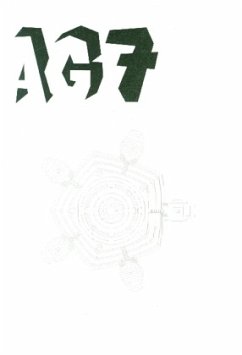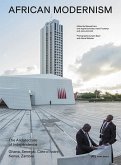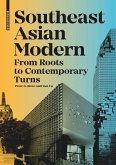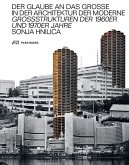From 1982 to 1994, the architect Pierre Pichard, commissioned by UNDP/UNESCO, documented the ruins and location of 2,834 pagodas, monasteries, and stupas built at the time of the empire of Bagan (11th to 13th century). Pichard's work constitutes the first comprehensive survey of Bagan. This inventory, published by UNESCO and the École française d'Extrême-Orient in eight volumes from 1991 to 2001, was intended to comprise and secure the original historical substance of these monuments. Ironically, the inventory data and its archaeological reference map also provided a useful basis for the Adopt-a-Pagoda program launched by the military government of Myanmar in 1995. Up until 2011, the Department of Archaeology - under the behest of the generals - reconstructed more than 1,000 pagodas and built around 800 new ones. International conserva-tion experts severely criticized this project, as it adopted a uniform scheme of building solutions when the historical evidence did not exist. AG7 is based on two text contributions by co-editor Clara Rellensmann: a glossary that gives an overview of the context and an interview with the former Director-General of the Department of Archaeology.
Hinweis: Dieser Artikel kann nur an eine deutsche Lieferadresse ausgeliefert werden.
Hinweis: Dieser Artikel kann nur an eine deutsche Lieferadresse ausgeliefert werden.








